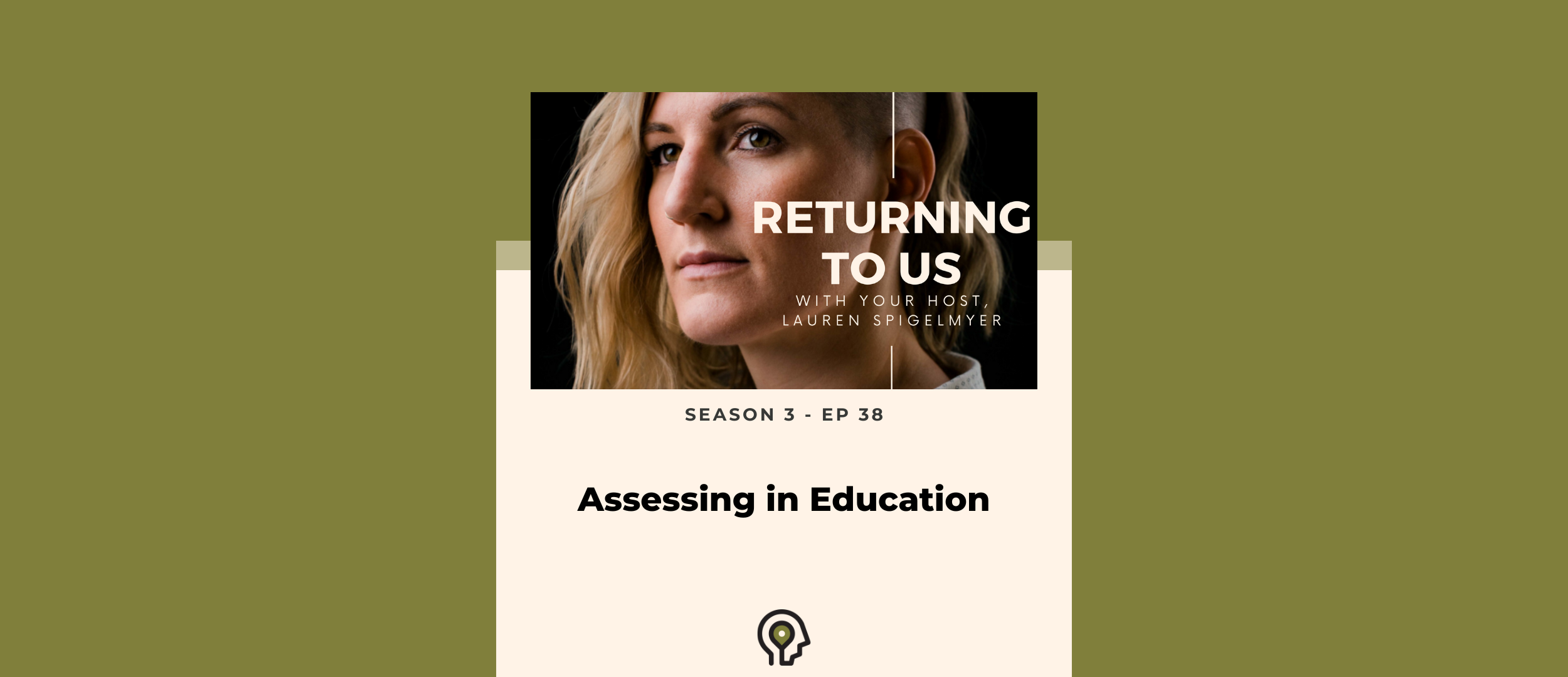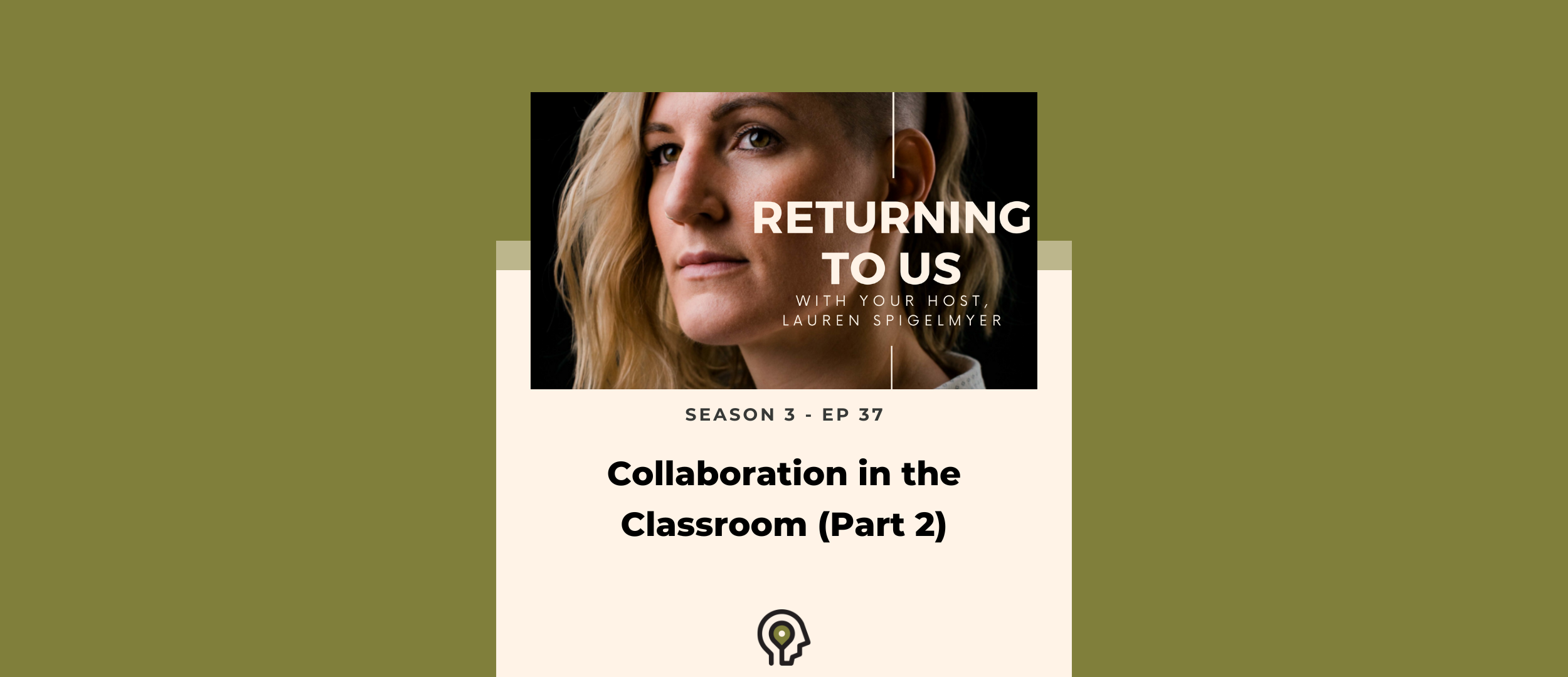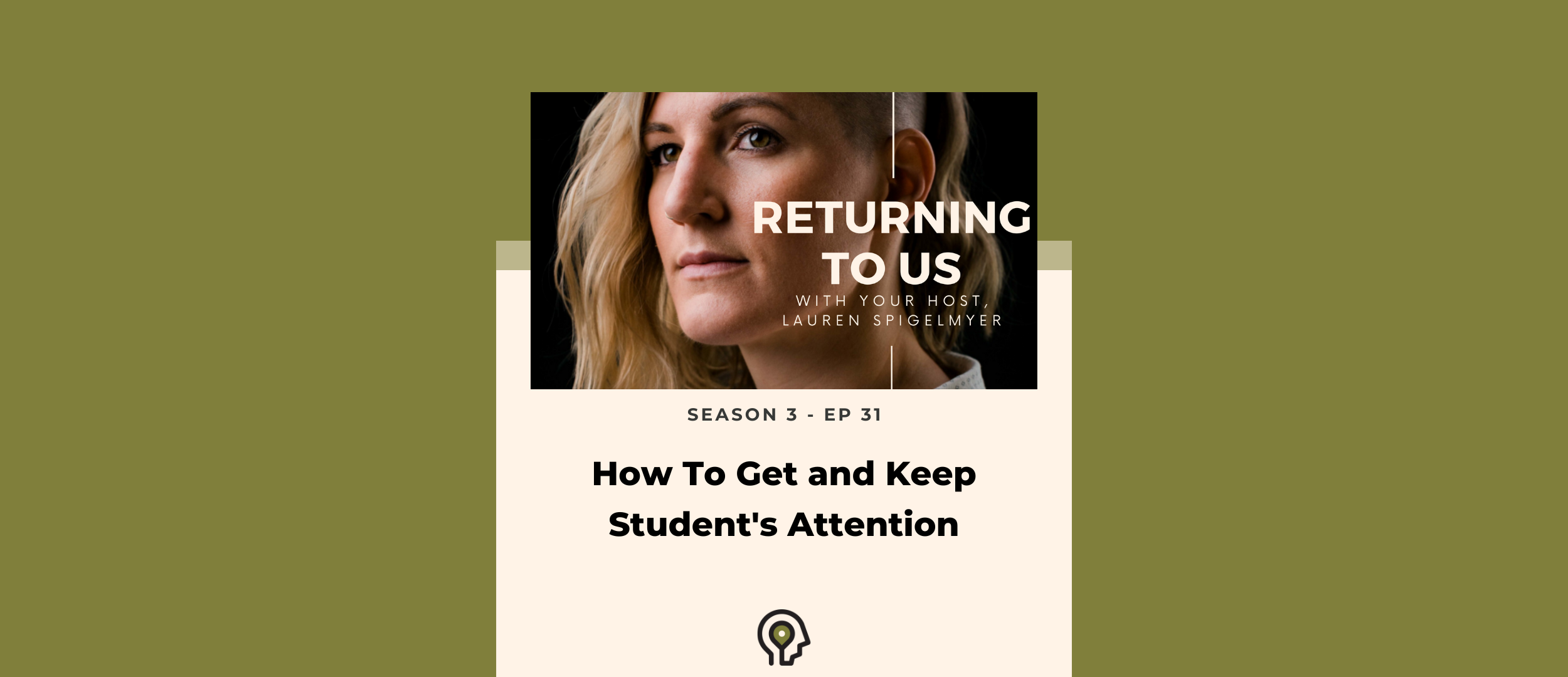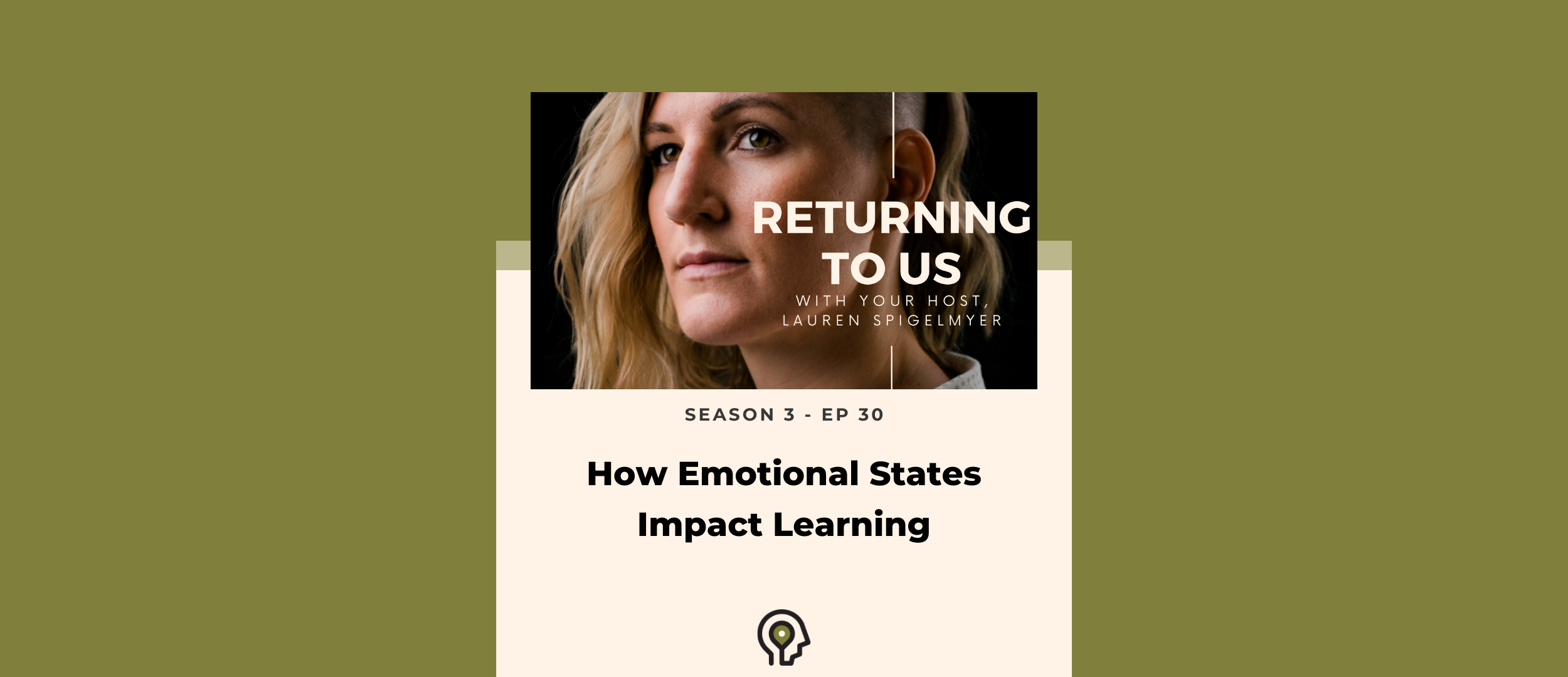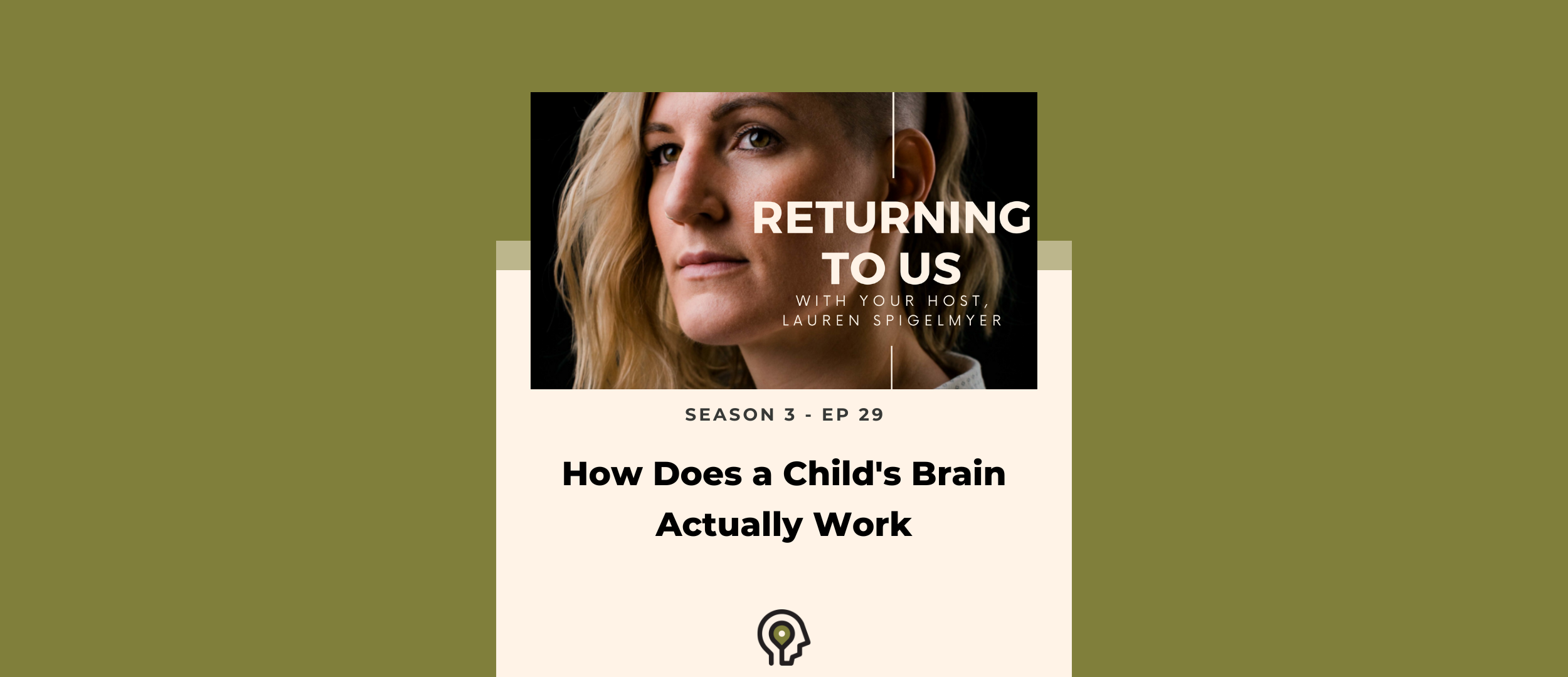Lauren focuses on managing kids' emotions and behaviors around the holidays. She talks through how to do all the fun stuff and also maintain some sense of emotional regulation and calm.
In this episode Lauren walks us through the 4 steps for emotional regulation and gives tips for how to provide support and space for these in your classroom.
Incorporating games and activities that strengthen executive functioning and cognitive flexibility at all ages helps to grow and strengthen these important skills.
Behaviors are not the result of moral or personality flaws or signs of lack of willpower or bad character. They are caused by actual, neurochemical changes in the brain.
Perfection doesn't exist, the more you chase it the more likely you are to experience anxiety and depression.
Read MorePerfection doesn't exist, the more you chase it the more likely you are to experience anxiety and depression.
Read MorePerfection doesn't exist, the more you chase it the more likely you are to experience anxiety and depression.
Read MoreAssessments in education can take on many forms. Lauren walks through the different ways of assessing student learning and not just their recall or test performance.
Read MoreWe are biological and social beings that seek human connection and belonging. Collaboration in classrooms, schools, and workplaces provides synchronous time to connect with your peers.
Read MoreWe are biological and social beings that seek human connection and belonging. Collaboration in classrooms, schools, and workplaces provides synchronous time to connect with your peers.
Read MoreIn season 1 we did a series on Room Design and how to optimize spaces for better learning and attention. In this episode, Lauren gives an short overview of how to optimize spaces for nervous system regulation.
Read MoreIn season 1 we did a series on Room Design and how to optimize spaces for better learning and attention. In this episode, Lauren gives an short overview of how to optimize spaces for nervous system regulation.
Read MoreIn season 1 we did a series on Room Design and how to optimize spaces for better learning and attention. In this episode, Lauren gives an short overview of how to optimize spaces for nervous system regulation.
Read MoreIn this episode, Lauren, Sean, and Jessica discuss how to polyvagal theory and somatic practices to recognize the signs of a heightened physical and emotional states, connecting those feelings to programmed behaviors, and using this information to inform future responses both in ourselves and in children.
Read MoreIn this episode, Lauren walks you through how to set up your routines to help students prepare to learn, AS well as the UDL engagement guidelines: recruit interest, sustain effort and persistence, and self-regulate.
Read MoreWhen your emotional networks impact your state of mind it disrupts your ability to be present, neutral, and ready to learn. Emotional states impact attention, memory learning, and they are contagious. So, how do you teach students who have dysregulated emotions?
Read MoreIn this episode, Lauren delves into how the brain works and what to do at each stage of childhood to best help your child.
Read MoreWhen a person is under stress, especially chronic stress, they struggle to focus, can’t make smart or wise decisions, and have trouble remembering information they learn. In this episode, Lauren starts by walking through how the brain takes in and stores information. And uses that as the explanation for how the amygdala short circuits that process when under stress or trauma.
Read MoreLast episode Lauren discussed the five ways to solidify content in your students’ brains. This episode follow-up on that knowledge with a teaching model which prepares your learners and creates an optimal environment for learning using the before, during, and after teaching model.
Read MoreThis episode switches gears a bit in order to focus on how to teach people to listen, attend, engage, learn and remember. There are 5 steps to teaching so people remember information: pre-exposure, preview, prime, review, and revision. Lauren reviews each of these steps and gives examples on how to apply this in your teachings.
Read More







